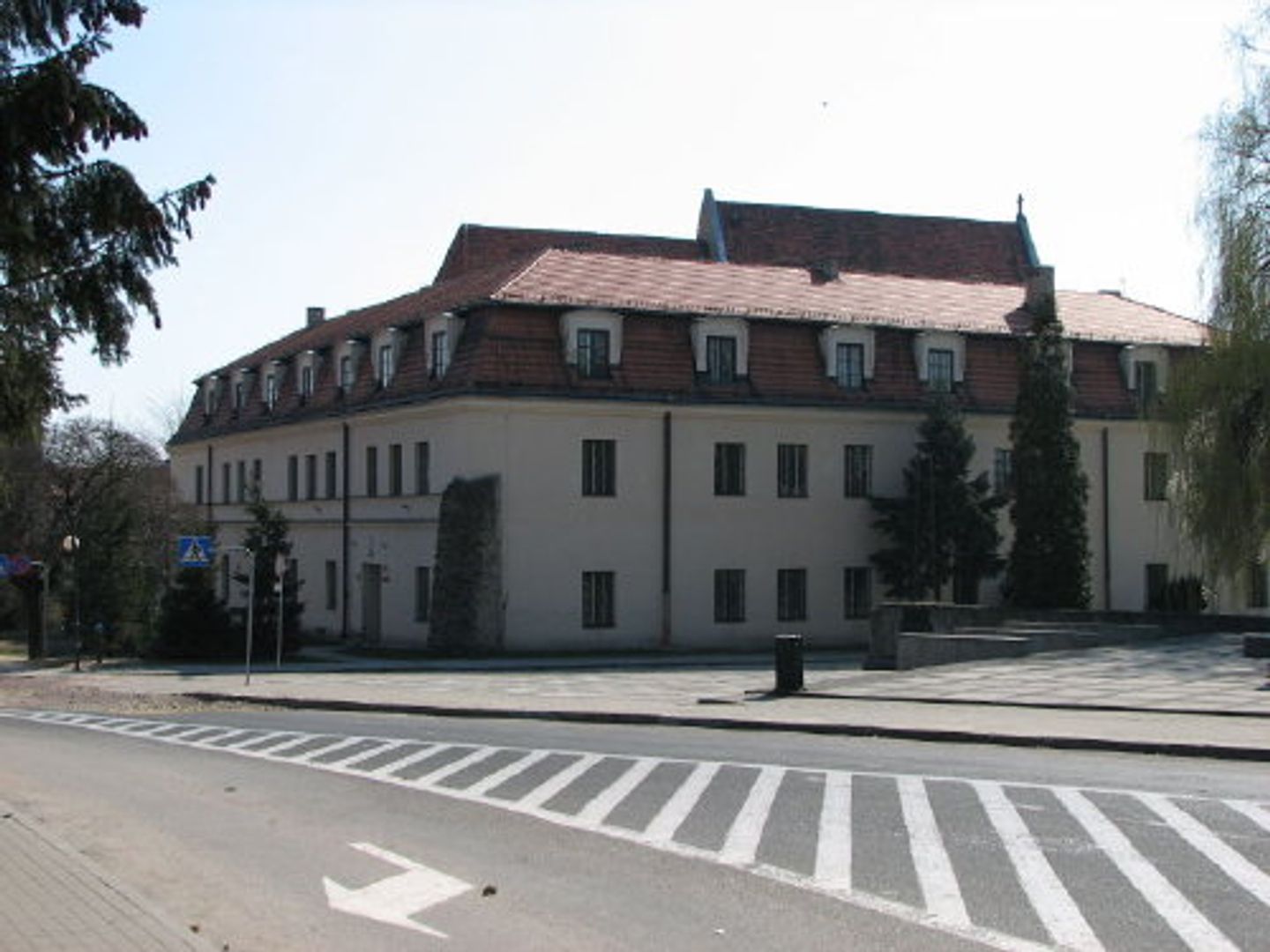Franciscan monastery complex in Wodzisław Śląski
6.93

Overview
The Franciscan monastery complex in Wodzisław Śląski is a historic site that combines a Gothic Holy Trinity church with a Baroque monastery building. Founded in 1257 by Prince Władysław of Opole and Racibórz, it formed an integral part of the town's life for several centuries. In the early days of the convent, the buildings may have been wooden, but after the great fire of Wodzisław between 1280 and 1290, they were certainly rebuilt as masonry structures. In the 14th century, a new church was erected, which is one of the oldest in Upper Silesia. Its original structure featured an oriented, single-nave design with a three-bay chancel. In the 18th century, the building underwent a major reconstruction following a fire, and further damage was caused by fires in the 19th century. In 1810, the monastery was secularized, and the church passed into the hands of the Evangelical parish, gradually falling into disrepair, which culminated in near-total destruction during World War II. Reconstruction took place from 1953 to 1963, and today the church belongs to the Evangelical-Augsburg Parish, while the former monastery houses the District Court. In recent years, the complex has undergone comprehensive modernization, including roof replacement and the acquisition of a historic pulpit and a 19th-century neo-Gothic altar. The Franciscan monastery complex in Wodzisław Śląski is now one of the most valuable cultural heritage sites in the region, bearing witness to history and architecture, as well as serving as a hub of cultural activity for the modern community.
Location
2025 Wizytor | All Rights Reserved